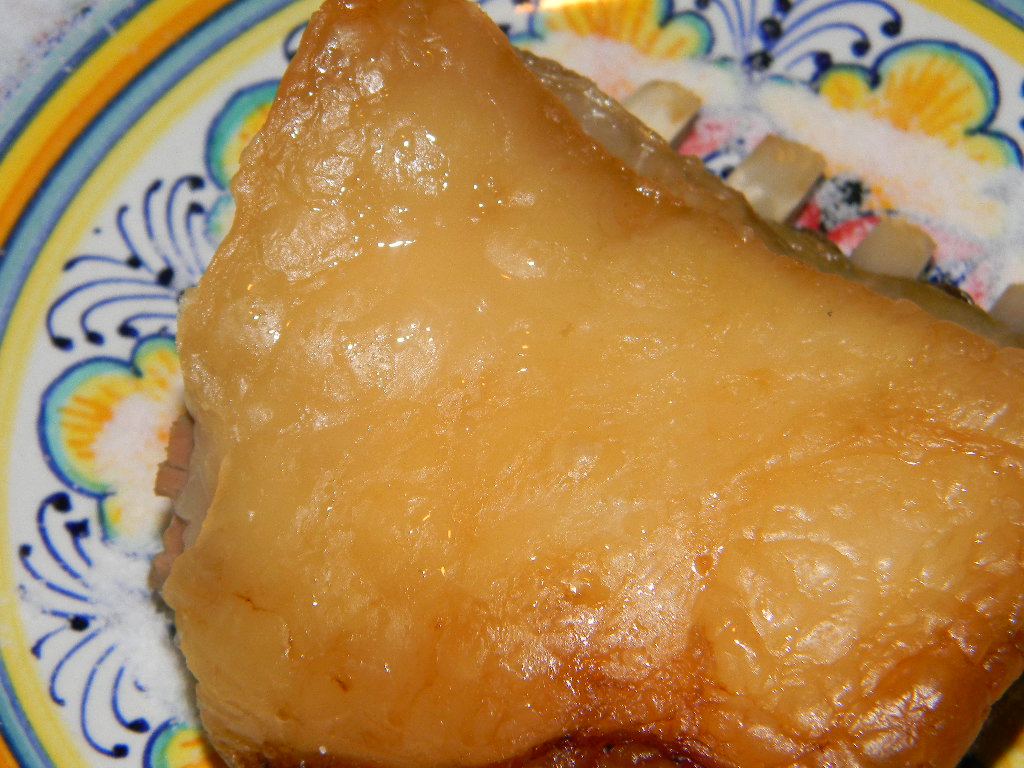Zero Carb Keto
Iodine Part 3
So I think that iodine is exactly what I needed after all! I had a dry patch above by eyelid that would not go away with lotion, or with making sure to eat liver for vitamin A. But after a few days of one daily serving of Atlantic mackerel and some wild-caught clams, the dry patch is healing. [Another nutrient that I might want pursue a little more is vitamin C, coming up in tomorrow's post!]
The recommended daily allowance is 150mcg of iodine
every single day. Unfortunately, I cannot find a nutrition tracker that tracks iodine. But from looking foods up in European databases, I found that getting the RDA for iodine means eating a fillet of fish daily!! That seems excessive to me, especially considering the toxins in our oceans now.
I think I will try for one fillet every few days and hopefully that will be enough! It should be, considering previously I only ate fish on special occasions.
In my previous post, I listed the specific types of seafood that are highest in iodine for reference.
Farmed Versus Wild
There is a debate between farmed versus wild in seafoods. All of the world's oceans are now polluted, which I have learned after watching two documentaries on plastic waste ("Plastic Paradise" and "The Garbage of the World"). So our natural iodine sources are now all polluted as well. But we need iodine!
I have read that wild-caught seafoods are much more nutritious than farmed. The omega 3 content of wild caught seafoods is much higher. Farmed seafoods are fed with many unnatural foods, such as corn.
Also, wild caught seafoods should be higher in iodine as well (unless the farmed seafoods are given supplements), since the iodine is in the salt water.
Wild caught seafoods from cold waters will also be higher in fats, which is why Atlantic mackerel is in a ketogenic ratio naturally, but Pacific mackerel is not.
Plus, wildlife can live out their lives in a more natural way than when farmed.
I have thought about how this relates to land animals too. For a while I tried to eat only wild meats which were field harvested. I ordered online, purchasing wild bison, antelope, and boar. I liked knowing that they were able to live in a more natural way, and that the field harvesting methods were much less stressful to the animals than transport to an abattoir.
However, these wild caught foods were more expensive. Also, bison and antelope are very lean, unfortunately, so it would be very difficult to maintain ketosis. Wild boar is just as high in omega 6 fatty acids as is regular pork, so there is possibility for inflammation from that.
Probably the best wild meat for ketosis would be mouflon (wild sheep), which would be higher in fat than deer or bison. But I cannot find mouflon available online in the USA (only in the UK).
So for now, I will go with wild caught seafoods, and farmed local grassfed meats!
 |
Grassfed lamb roast with sea salt
|


Comments
Post a Comment